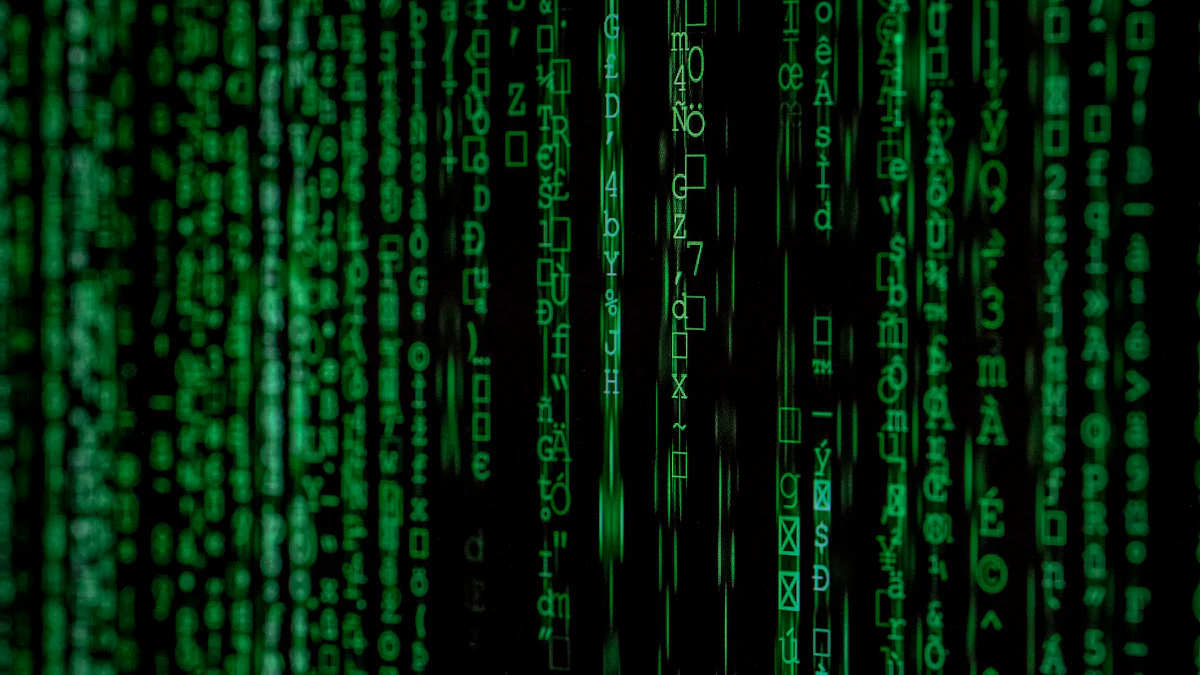Understanding Public Blockchain Security and Digital Assets

Blockchain Basics
Blockchain technology, also known as distributed ledger technology, serves as the foundation for popular cryptocurrencies such as Bitcoin and Ethereum. It offers a decentralized and secure method for recording transactions. Public blockchain, an open blockchain network, allows anyone to participate and view transaction history, ensuring transparency and security. Understanding the fundamentals of public blockchain and digital assets is crucial for those interested in cryptocurrency and blockchain technology.
Fun Fact: The transparent nature of public blockchain provides unparalleled security and trust in the digital asset landscape.
Cryptocurrency Trends
Cryptocurrency Trends
Market Analysis
The digital currency market has witnessed exponential growth in recent years, with Bitcoin and Ethereum emerging as frontrunners in the industry.
Emerging trends such as decentralized finance (DeFi) and non-fungible tokens (NFTs) are revolutionizing the landscape of crypto assets.
Adoption and Usage
The global adoption of cryptocurrencies is on the rise, with an increasing number of businesses and individuals embracing digital assets for transactions and investments.
The integration of virtual currencies into traditional financial systems is a significant trend, reshaping the security and regulation of crypto assets.
Crypto Insight: "The rapid evolution of cryptocurrency trends reflects the transformative impact of digital assets on the financial landscape."
Ensuring Blockchain Security
Decentralization and Consensus
When it comes to ensuring the security of public blockchains, decentralization and building consensus play pivotal roles. The consensus mechanism, such as Proof of Work (PoW) and Proof of Stake (PoS), is fundamental in upholding the security and integrity of public blockchains. By distributing the validation of transactions across a network of nodes, decentralization ensures that no single entity can control the network, thereby enhancing security.
Blockchain Security Insight: "Decentralization serves as a cornerstone in fortifying the security and trustworthiness of public blockchains."
Cybersecurity Measures
In addition to decentralization, public blockchains leverage advanced cryptographic techniques to secure transactions and thwart unauthorized access or tampering. These measures are integral in safeguarding the immutability and transparency of blockchain data. Furthermore, regular security audits and bug bounties are crucial for identifying and addressing vulnerabilities within public blockchain networks, bolstering their overall security posture.
Regular security audits
Bug bounties for vulnerability identification
These cybersecurity measures serve as proactive steps to fortify the resilience of public blockchains against potential threats.
Protecting Digital Assets
Wallet Security
When it comes to safeguarding digital assets such as cryptocurrency holdings, utilizing secure and reputable cryptocurrency wallets is paramount. These wallets offer a secure storage solution that protects against theft and unauthorized access. Implementing multi-factor authentication adds an extra layer of security, requiring multiple forms of verification to access the wallet. Additionally, cold storage solutions, which store digital assets offline, provide enhanced protection against hacking attempts and unauthorized access.
Regulatory Compliance
Adhering to regulatory requirements and compliance standards is critical for the protection of digital assets. Regulatory developments and frameworks have a direct impact on the security and accountability of digital asset transactions. By ensuring compliance with evolving regulations, individuals and businesses can mitigate legal risks associated with the ownership and transfer of virtual assets. Staying informed about regulatory changes and maintaining a proactive approach to compliance is essential for securing digital assets within the bounds of the law.
Public Blockchain Security Overview
As we conclude, it's clear that understanding the security measures and trends in public blockchain is crucial for safeguarding digital assets and ensuring the integrity of transactions. The ever-evolving landscape of blockchain technology necessitates continuous efforts to enhance security, regulation, and adoption of digital assets. Educating individuals about public blockchain security plays a pivotal role in fostering trust and confidence in the use of digital assets in the modern economy. Embracing these principles will undoubtedly contribute to a more secure and transparent blockchain network.
